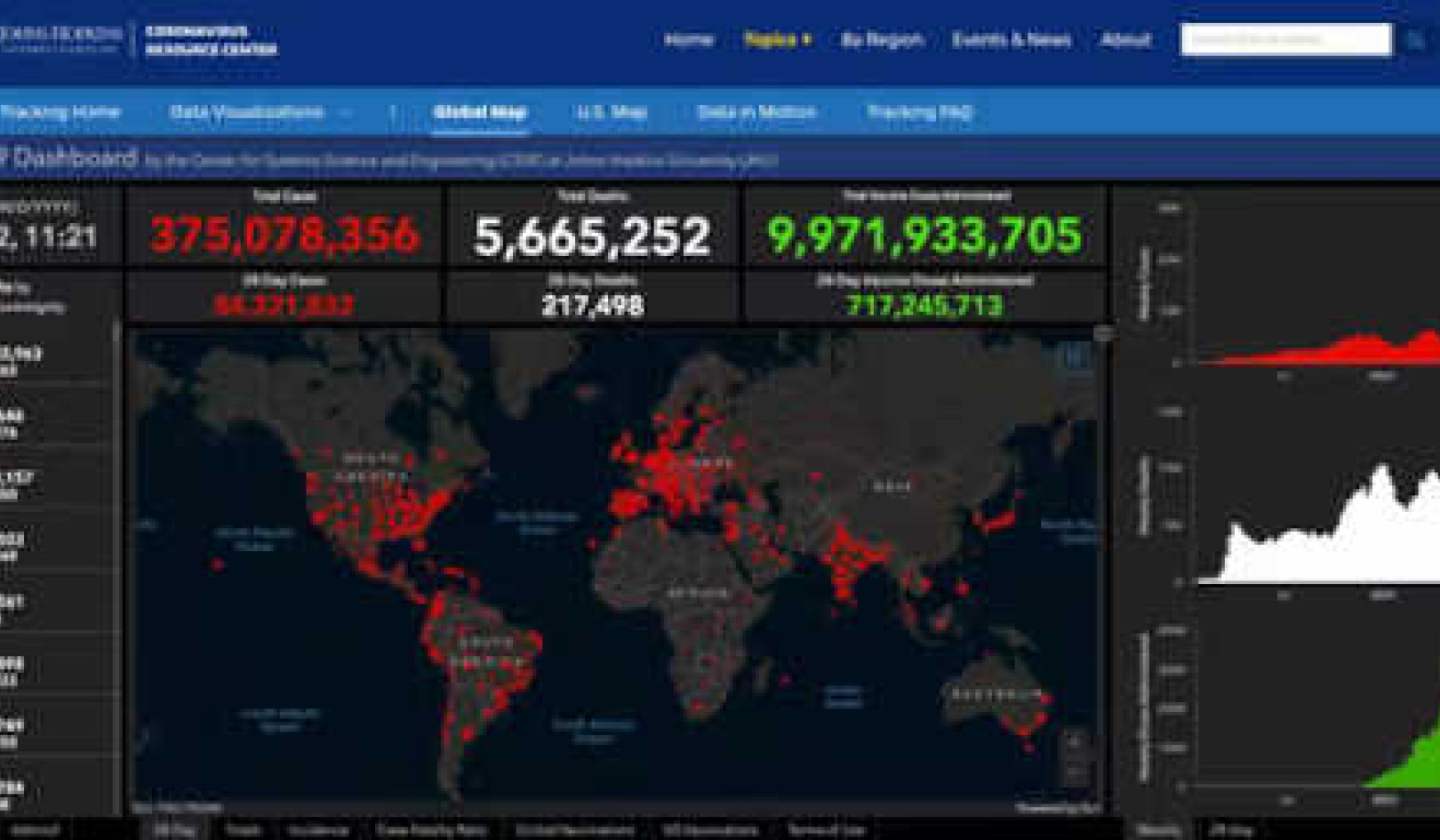
Great doubt results in great enlightenment,
small doubt results in small enlightenment,
no doubt results in no enlightenment.
—Zen Saying
The outside world, as constructed by the ego, is one gigantic multiple personality disorder. Therefore, disillusionment, or giving up on the world, is an imperative prelude to mystical awareness. American author Dan Millman, in his book Way of the Peaceful Warrior, says that disillusionment is the best thing that can happen to someone, because it reveals what does not have real meaning. It comes down to the realization that love is the only thing that is truly valuable, and that all the rest is merely dust in the wind.
Being caught in our stories in the world, we can’t see that it’s not real until we question the patterns handed to us through societal standards, religion, politics, the media, our families, and ourselves. Eighteenth-century French philosopher Denis Diderot similarly claimed that skepticism was “the first step on the road to philosophy.” Seventeenth-century French mathematician and philosopher René Descartes concurred: “If you would be a real seeker after truth, it is necessary that at least once in your life you doubt, as far as possible, all things.”
Why, Why, Why?
Why are we living in these bodies, in this world, at this time? Is there some “purpose” to all of this or is it all a mishmash of mindless accidents? Every mystical tradition I know sees this world as a school—a place where we learn to forgive ourselves for what we think of as our sins. Our bodies, time, words, and the world we inhabit are thus all just learning devices.
Life is, of course, filled with meaning. We did not come here without a purpose. Indeed, living out that purpose leads us to our greatest happiness. The first step for every generation is the questioning of the nature of reality as handed down through the ages.
Mark Twain rightly advised us not to take ourselves or the society of which we are a part too seriously. American author H. L. Mencken, known as the Sage of Baltimore, said: “Men become civilized, not in proportion to their willingness to believe, but in proportion to their readiness to doubt.” A seeker after truth, therefore, inevitably questions ingrained traditions.
Mysticism entails reaching back to Heaven through our polluted thoughts to the thoughts of God and to a remembrance of Heaven. How do we reach back to Heaven? First, we must begin to distinguish between our ego’s “reactionary” thoughts and our real thoughts. For example, if you ever say that you don’t like someone, you can be sure it’s because of your “surface reading” of them. There is depth in every soul and, if we are willing to look more deeply, we can see it.
Someone who is “thin skinned” is easily insulted and unable to deal with criticism. In such an individual, the ego is so dominant they cannot know the unfathomable truth buried deep within. They cannot know that God is the only Mind in which we can think and be whole and happy.
The ego lives on the surface, caught in “make believe.” So it is that the thoughts we think we think are not our real thoughts, because they come from the ego. But “you” are not an ego.
Real Thoughts
As we can begin to see, there are many reasons to dislodge our ego thoughts so that we can experience our real thoughts. In a mystical experience, these surface thoughts are relinquished because we are “forced” to let go. This may happen in a near-death experience, during meditation, or by going through a “process” like that of the Course. And there are, as we have seen, other ways as well.
Sometimes this experience happens for no readily explainable reason. Thoreau found such thoughts in solitude, writing: “I never found a companion so companionable as solitude.”
Now You See It . . .
Thinking that we know is a major obstacle to the awareness of love’s presence. First, we must be done with our dreaming of the world. Power plays, rules, laws, dogma, creeds, doctrine, canons, and systems of belief all stand as blocks to an awareness of love’s presence.
Skeptics question traditional, commonly accepted ideas and social norms that serve a ritualistic and/or habituated pattern. Healthy skepticism is essential in the face of the incredulous. All mythologies are just that—mythologies. Our stories are not realities.
Mark Twain was the archetype of a modern skeptic. As he got older, he became progressively disenchanted with “the damned human race.” “Civilization,” he claimed, “is a limitless multiplication of unnecessary necessities.” Though Twain’s profound skepticism kept him from higher mysticism, he could see the divine within the ordinary. “A soap bubble,” he wrote, “is the most beautiful thing and the most exquisite in nature.” In his longing to be free of the illusions of society, he echoes the conclusions of thinkers like Eckhart, Descartes, and Thoreau.
Friedrich Nietzsche carried this scepticism even further when he wrote: “The experience of consciousness free of concepts is freedom.” Like earlier mystics, Nietzsche recognized the importance of emptying the mind of all concepts and beliefs.
Being a True Mystic
True mystics question the nature of reality presented by parents and society. They are out to find a better way. Though he did not think of himself as a mystic, Nietzsche brought philosophy closer to the truth and, thus, closer to mysticism. “Do not allow yourselves to be deceived,” he said. “Great minds are skeptical.”
Our task, Castaneda tells us, is to see rather than to perceive. Don Juan instructed Castaneda in the art of “stopping the world,” the first step in learning to see without judgment. J. G. Krishnamurti expressed it thus: “The highest form of human intelligence is being able to observe without evaluating.”
Vicki Poppe, a serious long-term student of the Course from Massachusetts, gives this description of a mystical experience. She had been part of a spiritual community in Wisconsin during the 1990s, but had felt uncomfortable there. Describing a reunion visit in 2016, she writes:
I was back in Wisconsin and had a delightful time, everything was sparkling, the trees, the river, the stars and most especially the people, it was clearly beautiful in every way possible. The fact is that, twenty-five years ago, I had lived in this same place for three years and found it to be dreary, suffocating, and boring at best. I laughed and realized how judgment had literally clouded my view and how, this time, I was witnessing what had been there all along! I don’t know when the healing happened. It was all in the most ordinary ways of daily prayer and living with a simple thought of God. I thank the Holy Spirit for this surprise correction and healing through Grace. The real world is just an unclouded thought away!
Mystics do not project onto the world; they give the world the freedom to be what it is. Mysticism is seeing without projection, contamination, or corruption. It is seeing without ego-involvement. It is the seeing of the pure of heart.
Our perception of the world changes when we stop our inner dialogue—when there is no longer any questioner. Then we see with wonder and with awe.
As long as we cling to our inner dialogues and the ego’s version of reality, we remain blind. “Don’t seek the truth,” says Zen Buddhism. “Simply cease to cherish opinions.” “Those who remember always that they know nothing, and who have become willing to learn everything, will learn it,” the Course promises. (T–14.XI.12:1–3).
Seeing Is Believing
Seventeenth-century German mystic Jacob Boehme experienced a religious epiphany when a ray of sunlight reflecting in a pewter dish catapulted him into an ecstatic vision of God. Boehme writes: “If men would as fervently seek after love and righteousness as they do after opinions, there would be no strife on earth, and we should be as children of one father, and should need no law or ordinance.”
Likes and dislikes are the ways we “make things up.” They are the ways in which we cement the world together. All opinions are ego-invested. Thoreau says: “We must look a long time before we can see.” We can only see when, in our seeing, we do not add anything to the picture.
The ordinary mind, busily engaged as it is with thoughts, opinions, and judgments, simply cannot see anything but the mind’s own projections. But, as William Blake pointed out: “If the door of perception were cleansed, everything would appear as it is, infinite.”
To be truly aware, we must stop all ego machinations and maneuvering. Blindness is based on prejudice and fear. Spirit sees through eyes of love, free of contamination. As Aldous Huxley expressed it: “If you could get out of your not-self’s light, you could be illumined. If you could stop anxiously cogitating, you could give yourself a chance to be cogitated.” The Course tells us that, when we attempt to interpret error, we give it power. “Having done this,” it says, “you will overlook truth” (T–12.I.1:8).
Be Still
Imagine what it would be like if we loved everything our eyes fell upon. Instead, we judge things almost instantly. To see what is true is to be deceived no longer by the ego. American-born spiritual teacher Gangaji, dedicated to sharing the mystical path through direct self-inquiry, asks us to: “Stop all your doing. Stop all your beliefs, all your searching, all your excuses, and see for yourself what already is always here. Don’t move. Be still.”
The purpose of meditation is to be free of the thoughts—the illusions—we normally take to be ourselves. The idea is to quiet the mind and disconnect from the ego, or at least to slow the pace of internal chatter. If we’re lucky—and diligent—we will be able to stop the self-talk. If we can disengage from the constant inner babble and projection of beliefs and prejudices, then we can really begin to see.
©2018 by Jon Mundy. All rights reserved.
Reprinted with permission of the publisher,
Weiser Books, an imprint of Red Wheel/Weiser LLC.
Article Source
A Course in Mysticism and Miracles: Begin Your Spiritual Adventure
by Jon Mundy PhD
 Mysticism is the core of all true religions, and its teachings offer a way, or a path, to living in harmony with the Divine. Both informative and inspirational, A Course in Mysticism and Miracles can motivate us to do the work required to develop a contemplative life. Its insights reveal that peace is available to us all.
Mysticism is the core of all true religions, and its teachings offer a way, or a path, to living in harmony with the Divine. Both informative and inspirational, A Course in Mysticism and Miracles can motivate us to do the work required to develop a contemplative life. Its insights reveal that peace is available to us all.
Click here for more info and/or to order this book.
About the Author
 Jon Mundy, PhD is an author, lecturer; publisher of Miracles Magazine www.miraclesmagazine.org, and Executive Director of All Faiths Seminary International, in NYC. A retired university lecturer, he taught classes in Philosophy, Religion, and Psychology. He is co-founder, with Rabbi Joseph Gelberman, of the New Seminary for the training of Interfaith Ministers; and cofounder, along with Rev. Dr. Diane Berke, of Interfaith Fellowship with services in Cami Hall across from Carnegie Hall, in New York City. He also appears on occasion as Dr. Baba Jon Mundane -- a standup philosopher comedian. Visit Dr. Mundy's website at www.drjonmundy.com
Jon Mundy, PhD is an author, lecturer; publisher of Miracles Magazine www.miraclesmagazine.org, and Executive Director of All Faiths Seminary International, in NYC. A retired university lecturer, he taught classes in Philosophy, Religion, and Psychology. He is co-founder, with Rabbi Joseph Gelberman, of the New Seminary for the training of Interfaith Ministers; and cofounder, along with Rev. Dr. Diane Berke, of Interfaith Fellowship with services in Cami Hall across from Carnegie Hall, in New York City. He also appears on occasion as Dr. Baba Jon Mundane -- a standup philosopher comedian. Visit Dr. Mundy's website at www.drjonmundy.com
Books by this Author
at InnerSelf Market and Amazon

























